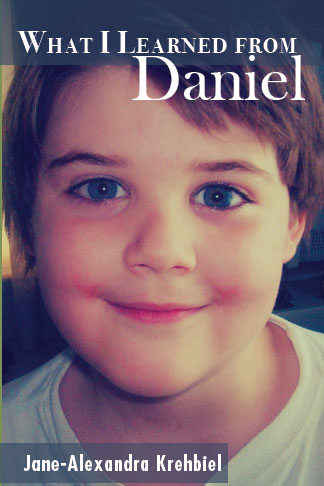

This is Wes Leonard, who died after throwing the winning basket.
~~~~~~~~~~~~~~~~~~~~~~~~~~~~~~~~~~~~~~~~~~~~~~~~~~~~~~~~~~~~~~
~~~~~~~~~~~~~~~~~~~~~~~~~~~~~~~~~~~~~~~~~~~~~~~~~~~~~~~~~~~~~~
Researchers estimate about 90 young, competitive athletes in the U.S. die each year from SCD
by Elizabeth Kopple on April 28, 2011 at 11:43am in
Prevent Sudden Cardiac Death in Young Athletes Compumed
http://www.wsoctv.com/health/27241168/detail.html
Teen Heart Screening
Sudden Cardiac Death in Athletes
Sudden cardiac death (SCD) is a sudden (within 12 hours of the onset of symptoms), unexpected death caused by some type of cardiovascular condition. Researchers estimate about 90 young, competitive athletes in the U.S. die each year from SCD. Between 1994 and 2006, death rates from SCD rose about 6 percent/year. In fact, athletes are 2.5 times more likely to die of SCD than their non-athletic peers. The higher the degree of intensity and competition, the higher the risk. Sports with the highest rates of SCD are football (about 30 percent of cases) and basketball (22 percent of cases).
The most common cause of SCD in competitive athletes is hypertrophic cardiomyopathy. In this condition, the left ventricle (the main pumping chamber) of the heart is thickened, making it more difficult for the heart to pump. The heart muscle has to work harder to get blood to the body. When extra demand is placed on the heart (such as during sports practice or competition), the heart may not be able to keep up with the demand for oxygenated blood, leading to dangerous heart rhythms and sudden death.
Structural anomalies of the heart (like abnormalities of the heart valves, aorta or pulmonary arteries) are the second most common cause of SCD in athletes. Some other risk factors include: myocarditis (inflammation of the heart muscle), coronary artery disease and problems with the electrical conduction system in the heart (which triggers abnormal heart rhythms).
Reducing Risk: The Pre-participation Exam
Many schools require athletes to have a pre-participation physical before the start of the sports season. Ideally, the exam will determine if the athlete is healthy enough to participate in a sport, or if any restrictions are needed. However, this exam may not provide adequate assurance for preventing sudden death in an athlete. According to the Minneapolis Heart Foundation, there are no universal guidelines for athletic screening in the U.S. A family/personal medical history and physical may detect some, but not all serious heart problems. Athletes with hypertrophic cardiomyopathy often don’t have any symptoms at rest. So the condition may not be diagnosed, unless there is a family history of the problem. Researchers estimate only three percent of athletes who die from SCD show any detectable risk factors during a standard sports physical.
Jonathan Drezner, M.D., Sports Medicine specialist with the University of Washington in Seattle, says athletes with some types of risky heart problems don’t show any symptoms until the heart is stressed during competition and needs to work harder. Thus, some experts are recommending ECG (electrocardiogram) screening for competitive athletes. This test records the electrical activity of the heart and can indicate an underlying heart problem. If a problem is detected, doctors may want to follow up with a more sophisticated diagnostic tool, like an echocardiogram, which can detect structural abnormalities of the heart.
ECG screening for competitive athletes has been required in Italy for more than 30 years. Researchers say, in that country, the risk for SCD in competitive athletes has decreased by 89 percent. Another study found ECG was able to detect heart conditions in twice as many athletes compared to the standard physical exam.
Drezner hopes that an ECG will soon become a standard part of preparticipation exams for young competitive athletes. Since health can change over time, he recommends athletes be screened upon entering high school and then a second time in a year or two. Athletes who participate in college sports should be screened again.
(This completes Ms. Kopple's article)
~~~~~~~~~~~~~~~~~~~~~~~~~~~~~~~~~~~~~~~~~~~~~~~~~~~~~~~~~~~~~~
~~~~~~~~~~~~~~~~~~~~~~~~~~~~~~~~~~~~~~~~~~~~~~~~~~~~~~~~~~~~~~
NOTE: It is also to be remembered that Daniel's passing from supposed sudden cardiac death has no prior symptoms, and on autopsy, no coronary artery disease, no malformations of any kind, no thickening or enlargements were detected. Sometimes sudden death occurs as a functional rhythm disturbance without any detectable anomalies, prior to sudden death, and even afterward in a post-mortem.
Alexandra of Virginia

No comments:
Post a Comment
Note: Only a member of this blog may post a comment.